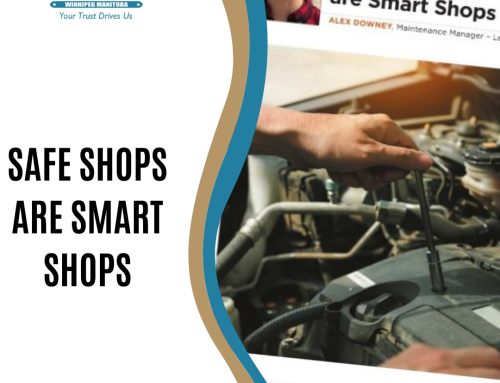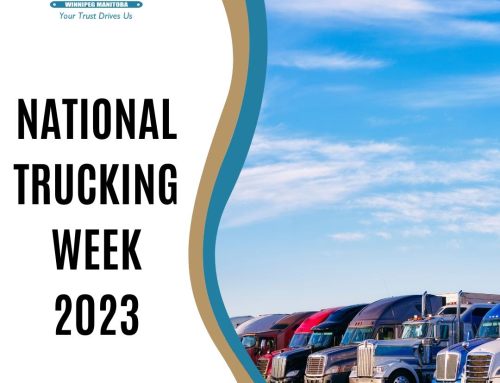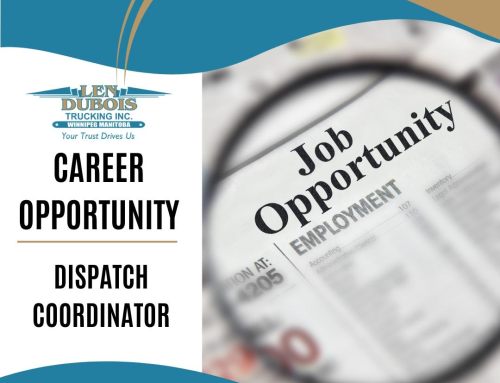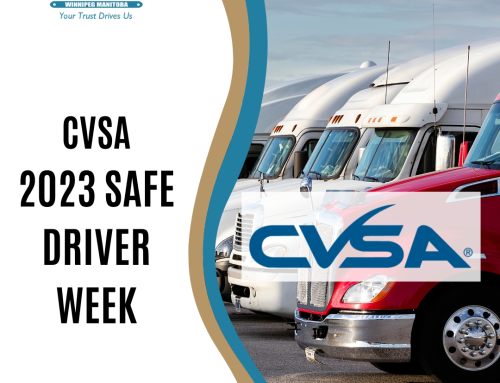 Starting September 1, 2018, drivers will be required to start carrying a set of chains in the truck. In order to comply with varying State and Provincial regulations, drivers will be required to keep chains in the truck until May 31, 2019.
Starting September 1, 2018, drivers will be required to start carrying a set of chains in the truck. In order to comply with varying State and Provincial regulations, drivers will be required to keep chains in the truck until May 31, 2019.
Len Dubois Trucking’s Chain Up Policy
As a general rule, Len Dubois Trucking’s safety policy states that if chain up warnings go into effect, it is unsafe to drive. The safety of our drivers is the top priority, so we prefer that you find a safe place to park and wait for the road conditions to clear up instead of chaining up.
How to Avoid Getting Stuck in the Middle of a Chain Up Warning
The Mountain States all have potentially dangerous winter driving conditions and chain up warning can go into effect at any time. While there is no guarantee that you won’t get caught out in Chain Up conditions, checking the weather and road conditions beforehand can certainly help you avoid these dangerous conditions.
If You’re Heading to these Areas, Check the Reports
We’ve compiled a list of the most common Chain Up areas where we regularly travel. Before you head out, and during your approach to these areas, make sure that you stay on top of the weather and road conditions.
California
Chains are most often required in the higher mountain passes of northern California, such as:
- Interstate 5 north of Redding,
- Interstate 80 over Donner Pass between Sacramento and Reno, Nevada,
- US Highway 50 over Echo summit between Lake Tahoe and Sacramento,
- State Route 58 near Tehachapi between Bakersfield and Mojave,
- Interstate 15 over Cajon Pass between Victorville and San Bernardino, and
- Interstate 5 over Tejon Pass between Los Angeles and Bakersfield
For Full Chain Up regulations information visit California DOT and be sure to keep the traveler information link handy.
Colorado
- I-70 between milepost 133 in Dotsero Country and milepost 259 in Morrison County
For Full Chain Up regulations information visit Colorado DOT. They have tons of great information for truckers, including a list of Chain Up Stations, email alerts, and of course, road condition information.
Washington
Washington is another State with multiple routes to watch our for:
- I-90 between North Bend (mile marker 32) and Ellensburg (mile marker 101)
- I-82 between Ellensburg Exit 3 (mile marker 3) and Selah Exit 26 (mile marker 26)
- SR 97 between mile marker 145 and the junction with SR 2
- SR 2 between Dryden (mile marker 108) and Index (mile marker 36)
- SR 12 between Packwood (mile marker 135) and Naches (mile marker 187)
- SR 97 between the Columbia River (mile marker 0) and Toppenish (mile marker 59)
- SR 410 from Enumclaw to Naches
- SR 20 between Tonasket (mile marker 262) and Kettle Falls (mile marker 342)
- SR 155 between Omak (mile marker 79) and Nespelem (mile marker 45)
- SR 970 between mile marker 0 and mile marker 10
- SR 14 between Gibbons Creek (mile marker 18) and the intersection of Cliffs Road (mile marker 108.40)
- SR-542 Mount Baker Highway between mile marker 22.91 and mile marker 57.26.
For more information on Chain Up regulations, information visit Washington DOT; they also provide access to Mountain Pass information including current video footage and closures.
British Columbia
- Highway 5, Coquihalla Highway
For more information on Chain Up regulations, information visit the Government of British Columbia. You’ll also want to stay on top of the current road and weather conditions.
Full Chain Up
Every mountain state and province has their own chain requirements. A general rule of thumb is that a full chain up involves chaining up:
- All four tires on front drive axle
- Outside tires of rear drive axle
- One tire on each side of the trailer
Know how to Chain Up
Just in case you get caught out in a chain up warning, you need to know what to do. You may want to practice your chaining skills in a safe, warm environment before hitting the roads this winter. This video explains the steps to get you going but if you have any questions, don’t hesitate to speak with your safety manager or shop crew just to make sure you’re doing everything properly.





